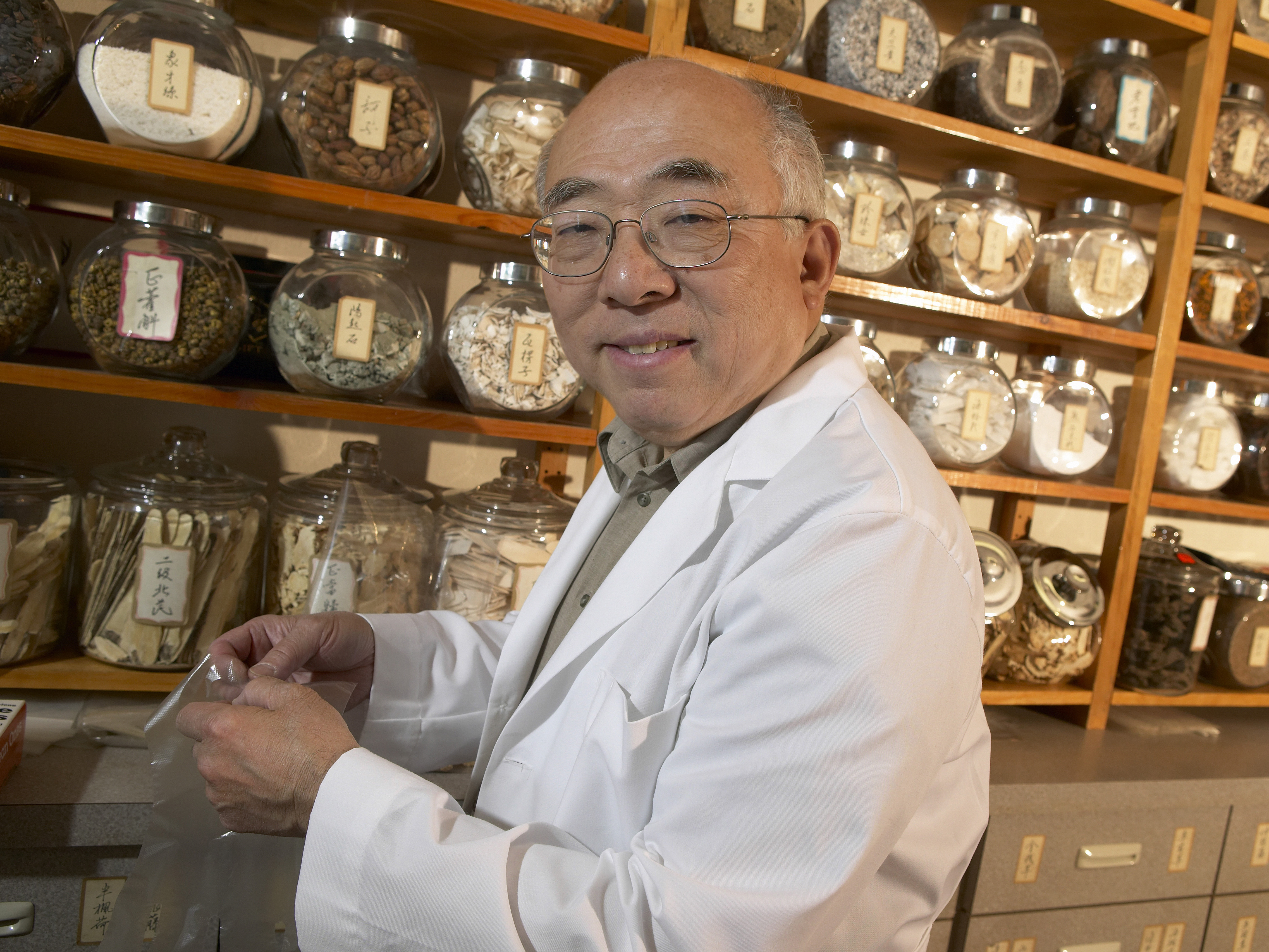Get Easy Health Digest™ in your inbox and don’t miss a thing when you subscribe today. Plus, get the free bonus report, Mother Nature’s Tips, Tricks and Remedies for Cholesterol, Blood Pressure & Blood Sugar as my way of saying welcome to the community!
Research says ancient pain remedy works best

Osteoarthritis is one of the painful conditions we face as we age. It is the most common form of arthritis and is marked by degeneration of the joints and surrounding tissues through years of wear and tear from too much or too strenuous physical movement.
Acupuncture is one of the world’s oldest healing modalities with thousands of years and millions of cases of success. Yet even today, 45 some years after being formally introduced to the United States, it is often seen as “alternative” and “placebo.”
And if you’re on pins and needles to find out if it really works, I’ve got good news for you…
Research is finding more and more evidence of its success in clinical trials, like this one that finds acupuncture to be the most successful treatment for pain and range of motion among patients with osteoarthritis.
NSAIDs spell trouble
Perhaps the most common form of pain relief for osteoarthritis (OA) is NSAIDS. These are the common over-the-counter (OTC) and prescription pain relievers known as non-steroidal anti-inflammatory drugs.
These include aspirin (Bayer, Bufferin, and Excedrin), ibuprofen (Advil and Motrin IB), and naproxen sodium (Aleve). Another common pain reliever in a different class is acetaminophen (Tylenol). These drugs help relieve pain and reduce inflammation by blocking the enzymes in the body that help make the chemicals responsible for the body feeling pain.
![Top 10 arthritis mistakes [infographic]](https://ehonami.blob.core.windows.net/media/2016/07/10-arthritis-mistakes-300.jpg) But the side effects of taking NSAIDs long term range from annoying and unpleasant, to scary and harmful.
But the side effects of taking NSAIDs long term range from annoying and unpleasant, to scary and harmful.
The most commonly reported side effects include stomach upset, pain and nausea, heartburn and diarrhea. More serious side effects, though less common, include elevated blood pressure, stomach ulcer, and allergic reactions like hives, asthma, and swelling.
Chronic NSAID use can also cause irritable bowel syndrome (IBS), bloody stools, and toxic liver and kidney. What’s more, if you are taking medication for high blood pressure, NSAIDs are not recommended.
While I am not saying one must avoid NSAIDs at all costs, I am suggesting that they be limited to occasional use. They are definitely not recommended for the kind of long-term, continuous-use pain management that you would need when dealing with osteoarthritis.
Acupuncture relief
Acupuncture is gaining in popularity. As a result more studies are being carried out on acupuncture versus sham acupuncture (placebo) and drug therapy. The results show a positive effect that is safe and has few serious side effects. Acupuncture works by opening “energy channels” in the body that are clogged, or stimulating the movement of intrinsic energy (qi) in the body through those channels. Science is finding that insertion of needles into the specific acupuncture points triggers a response in the brain that alters chemicals in the body, and pain receptivity in nerves.
Meta-analysis of Acupuncture for OA
A new meta-analysis on the effectiveness of acupuncture for the treatment of symptoms associated with OA was published in BioMed Central Complementary and Alternative Medicine. The objective of the study was to “identify and synthesize data from prospective randomized controlled trials comparing acupuncture to sham acupuncture, usual care, or no treatment, in adults diagnosed with osteoarthritis.” To do this, reviewers identified the randomized controlled trials appearing online in electronic journal sources that include PubMed/Medline, EMBASE, and CENTRAL. They identified the 12 trials that included more than 1,700 participants, assessed risk of bias, and removed those findings to determine their own.
Here’s what they found:
- Pain – significantly reduced for 1,699 participants in 10 trials.
- Functional mobility – increased for 1,543 participants in 9 trials.
- Health-related quality of life – improved for 958 participants in 3 trials.
A subgroup analysis found that duration of acupuncture treatment was associated with levels of pain reduction. No “quick fix” here. In fact, those who underwent regular acupuncture treatments for OA for a period greater than four weeks, experienced greater reduction in pain intensity.
Conclusions
According to this meta-analysis, which culled results from numerous studies and across participants, acupuncture is associated with “significant reductions in pain intensity, improvement in functional mobility and quality of life.” And with the very low rate of any side effects, and no collateral damage to the body (unlike NSAIDs), it seems that traditional acupuncture is the better choice for treating pain and functional mobility over analgesic drugs.
In addition to acupuncture, there are also other natural and non-invasive methods for relieving symptoms associated with arthritis, or pain in general. These include meditation, bodywork, herbal therapies, mind-body practices, and more. These, along with acupuncture, are detailed in my book Arthritis Reversed, along with a template for a personalized program of action.













